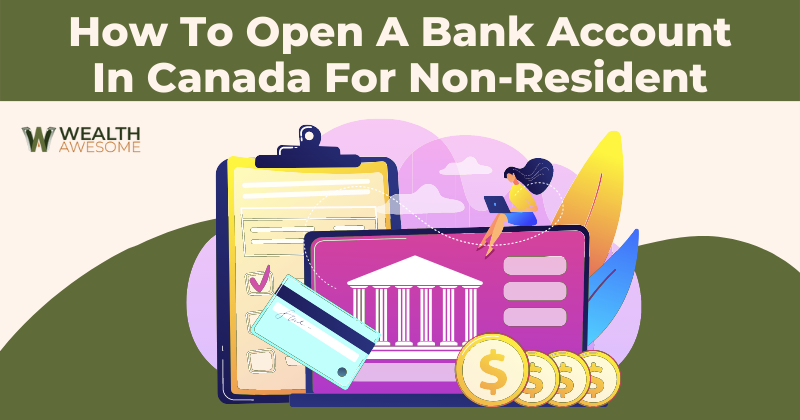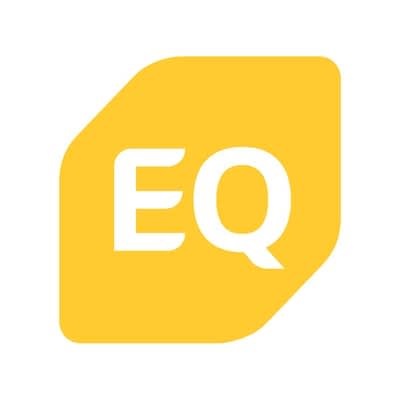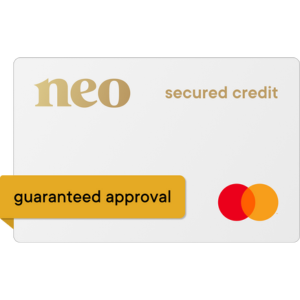Are you planning on opening a bank account in Canada as a non-resident but don’t know where to start?
Opening an account if you’re not a Canadian citizen may not be as hard as you’d think.
As long as you have the necessary identification and documents, it can be just as simple as opening an account if you are a resident.
You can even take advantage of great newcomer perks at some of the big Canadian banks.
Here are the basic steps to open an account in Canada as a non-resident.
- Research Banks, Application Requirements, and Account Offers
- Prepare Your Documents and Necessary Information
- Head to A Branch of Your Chosen Bank (Appointment Recommended)
- Request to Open Your Account and Deposit Funds (Optional)
Let’s get into the details.
What You Will Need In Order to Open a Bank Account as a Non-Resident in Canada

It is certainly possible to open a bank account in Canada as a non-resident.
However, the documents required and whether or not you will be approved will be highly dependent on each individual’s situation and the reason why you are interested in opening an account in Canada.
To open a bank account at a bank in Canada, you may be asked for:
- Your passport
- A valid driver’s license
- Immigration documents such as your right to residency, right to work or right to study in the country
- Permanent Resident Card or Immigration, Refugees and Citizenship Canada (IRCC) form (IMM 1000, IMM 1442 or IMM 5292)
- Your Social Insurance Number
- Proof of Canadian address (if you have one)
- Employment ID card from a recognized employer
The more of these documents you have available, the easier it will be to open an account in Canada.
Do note that things such as a SIN or proof of address may not always be required. For instance, if you choose a non-interest-bearing account (such as a basic chequing account), your SIN may not be required to open your account.
We recommend that you check the specific requirements that each bank has in place before applying for an account as a non-resident, whether it is in person or online.
If you have questions, consider getting in contact with a bank representative to make sure that the process is as simple as possible.
And don’t forget; it is not a requirement for you to have any money to deposit into your Canadian account right when you open it. Just make sure you clarify the intended use for the account.
How To Open A Bank Account in Canada As A Non-Resident: Step by Step Instructions
If you’re a non-resident in Canada and lack documents such as a Canadian passport, Canadian driver’s license, or any other Canadian-government-issued identification, it is more likely that you will have to open your account in person.
However, you should start your research on Canadian banks and their application requirements before you land in the country to make things as seamless as possible.
Depending on the bank, it may be possible that you can, in fact, complete your application online, or at least start it online and go into a branch upon your arrival to confirm your identity and bring your documents in person.
Here are the basic steps that will be required to open a bank account in Canada as a non-resident.
1. Research Banks, Application Requirements and Account Offers

Look into Canadian banks and credit unions, their application requirements, and the different types of accounts each bank offers before opening your account.
You can consider traditional banks or credit unions (such as TD, RBC, Scotiabank, BMO or Vancity) or check out digital ones (such as Tangerine, Simplii or EQ Bank), depending on your needs.
Each bank has different account offers that differ in fees, features, interest and rewards/points.
Make sure you also find out whether it’s possible to complete your application online, as this may save you some time during your move to Canada.
2. Prepare Your Documents and Necessary Information

Before you head to the branch or start your online application, ensure that you have the proper types of identification on or near you. This is why it’s crucial to do your research into application requirements before you start this step.
If you don’t have everything memorized, you should also make sure that you have the details of your SIN (not always required), address and postcode, telephone number and email address as well.
Note that if you are under the age of majority in the province or territory you’re applying from, you may also be required to identify your parent or guardian in your application.
If you’re applying for an account at a credit union, do also make sure that you have some cash on you to buy a share of the organization.
This usually costs around $5 and will be refunded if you ever choose to close your accounts at the credit union. This may sound odd, but it is the basis of cooperative banking in Canada.
3. Head to A Branch of Your Chosen Bank – Appointment Recommended

The next step is to head to a branch near you to open your account. Make sure that your chosen bank has ATMs/branches near your place of residence, school, or work.
It is likely that opening an account as a non-resident will take a bit longer than opening one as a Canadian resident. Therefore, I recommend that you make an appointment beforehand and see an account manager instead of a teller.
This way, it is less likely that you will be rushed, and you can ask any questions that you may have about your new Canadian account.
Also, note that the specific branch where you open your account will become your home branch. You can still go to any other branch to see a teller or use an ATM, though, so don’t worry too much about which branch you go to open your account.
4. Request to Open Your Account and Deposit Funds (Optional)

Once you provide the necessary information and documents, the bank representative will let you know whether they need any additional information from you or whether or not your account has been approved.
If approved, your account should be live immediately and be visible on your online banking. Your debit card should arrive at your address within the next few days.
Do note that your PIN and card will be mailed separately for safety reasons, so don’t panic if you get one before the other!
At that point, that’s it! You’re good to go.
Can I Open a Bank Account in Canada Without a SIN number?
It may be possible to open a bank account in Canada without a SIN number, given that the account you are trying to open is a non-interest-bearing account.
If it is an interest-bearing account, however, such as a savings account, a SIN will be required. Check out this post for the best high-interest savings accounts in Canada.
Do note that each bank may have different rules and regulations in place. Please double-check with the bank before trying to open a bank account without a Social Insurance Number.
A Good Alternative To A Traditional Bank Account

If for whatever reason, you are denied a bank account in Canada, or you’d like an alternative account that you would also be able to use internationally, my recommendation would be to sign up for a Wise Borderless Account.
I’m a big fan of Wise and could not imagine my personal finances without it at this point, especially considering how much I’m travelling and moving around all the time.
Their multi-currency account, which uses the mid-market exchange rate, is really amazing and equipped with low and transparent fees.
With Wise, you can also open your account before you even get to Canada, transfer your funds, and even may be able to get a debit card for everyday purchases depending on where you’re living at the time you apply.
It is also possible to set up payroll and direct deposits to your Wise account once you arrive in Canada, which is great.
There is an in-depth review of Wise on Wealth Awesome that you can check out if you’re interested.
Are Canadian Banks Safe?
Canadian banks and credit unions are some of the safest in the world. Regulated by federal or provincial bodies, they must abide by rules and regulations and disclose their performance.
Most users of Canadian financial institutions also have provincial or federal insurance on their deposits, safeguarding their money by $100,000 or more.
Conclusion

There are a lot of moving pieces when relocating.
The good thing is that you can make your banking seamless if you do your research and have the correct documents and identification at the time of account sign-up.
If you’re a new immigrant to Canada or are simply considering it, check out this post on the Seven Best Banks In Canada For New Immigrants.
If you’re an international student, on the other hand, I recommend that you check out this post on the Five Best Banks For International Students In Canada.
Either way, I hope this post can be helpful in understanding the steps to open a bank account in Canada as a non-resident.





